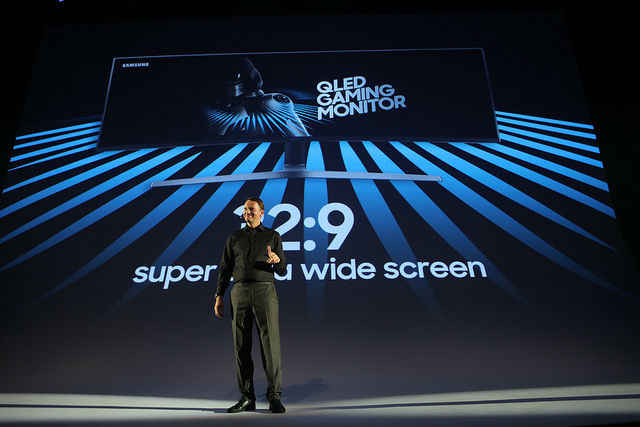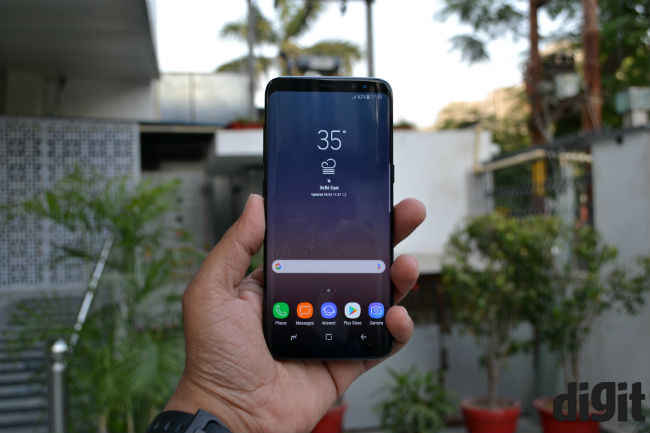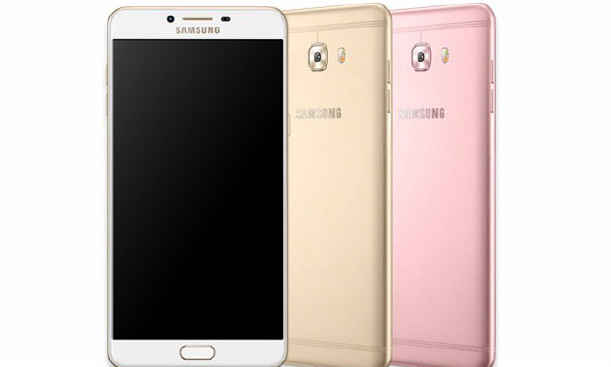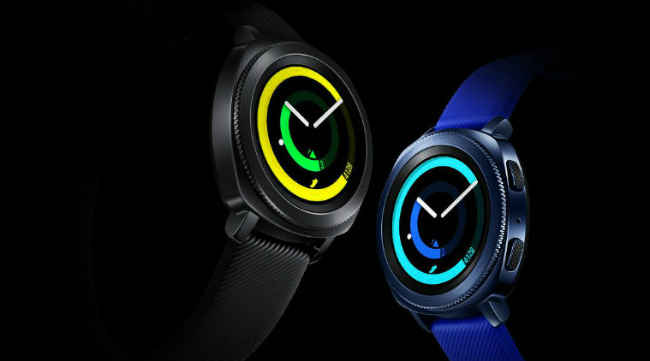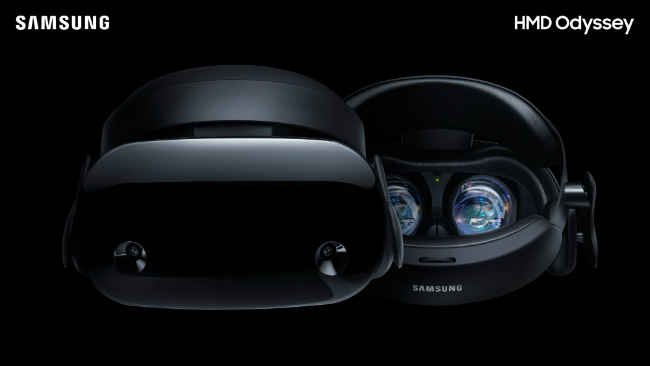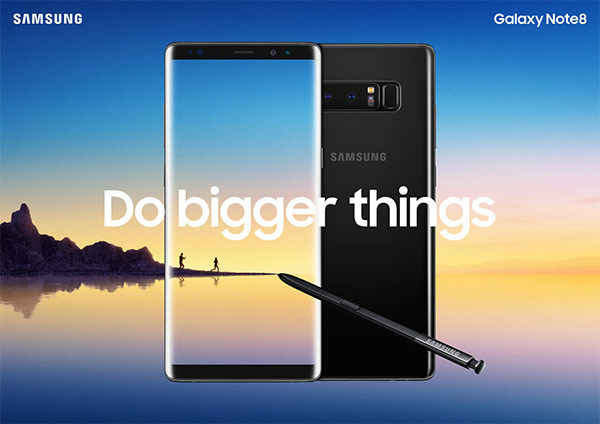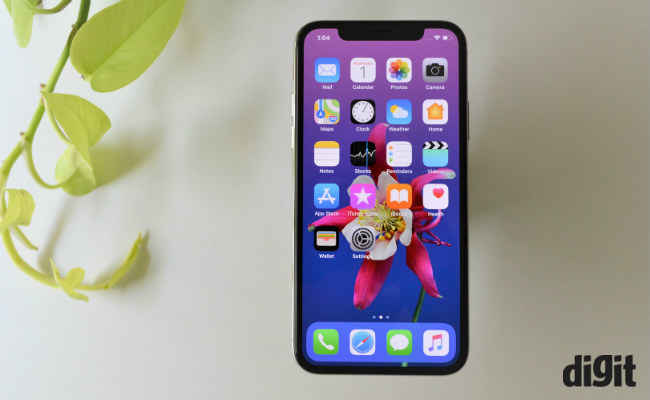Samsung in 2017: A Year in Tech
Samsung left a disastrous 2016 far behind with a flurry of products that pushed consumer tech further, all the while raking in billions in profits throughout the year, even from the iPhone X.
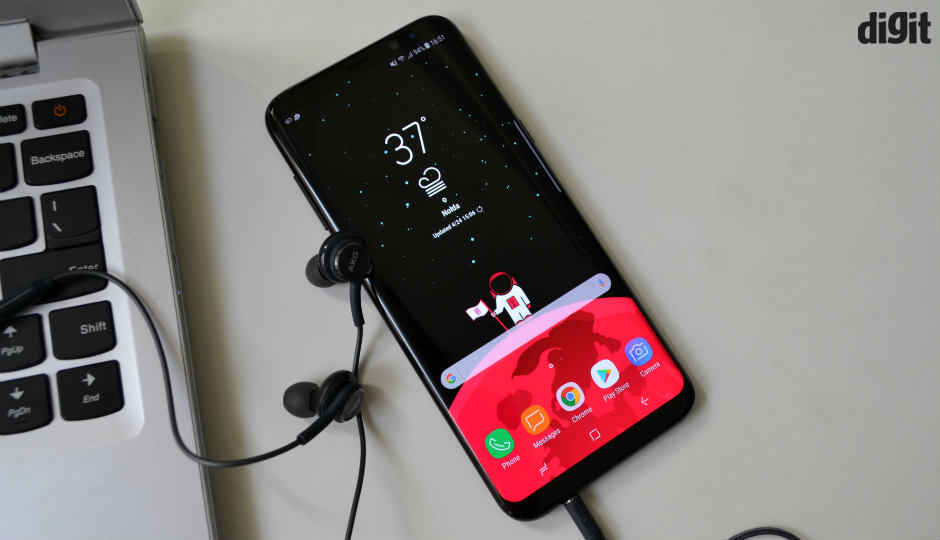
Samsung’s 2017 was the best of times, and the worst of times.
 Survey
SurveyThe Korean tech giant surpassed expectations with the Galaxy S8 and the Galaxy Note 8, but the organisation itself was marred by corruption scandals leading to the arrest and eventual sentencing of Samsung’s chief scion.
On one hand, Samsung reversed its fortunes after a disastrous 2016 courtesy the explosive Galaxy Note 7 with the Galaxy S8 and the Note 8. But on the other hand, the top echelons of the company was mired by uncertainties. But that didn’t dampen the earnings of the company at all, as Samsung tripled its revenues to $55 billion in the third quarter of 2017.
Here’s a detailed look at what Samsung was up to this year.
CES 2017
Samsung kicked off the year at the Consumer Electronics Show in Las Vegas with 34 CES Innovation awards and more than 80 Best of CES awards. The company’s QLED TV lineup, its FlexWash smart washing machines and the Chromebook Plus and Chromebook Pro were hailed for their superior design and innovation.
Samsung also announced a new lineup of AV products including the H7 wireless speaker, a new soundbar and a new UHD Blu-ray player, all of them featuring Samsung’s proprietary UHQ 32bit audio.
The laurels Samsung received at CES set the stage up for what was coming a month later.
Samsung Galaxy S8 and S8+
After being rumoured for months, Samsung launched the Galaxy S8 (review) and the Galaxy S8 Plus (review) at the sidelines of MWC 2017 in Barcelona, setting off the edge-to-edge bezel-less display trend with the new 18:9 aspect ratio, which even Apple caught on to later in the year. The Galaxy S8 became the beacon light for every other OEM’s attempts to make a bezel-less phone. The Galaxy S8 was also the first smartphone of the year to be powered by the 10nm Qualcomm Snapdragon 835 which also became the go-to flagship processor for phone-makers. Samsung’s Bixby also found its first home in the Galaxy S8 but controversially, Samsung held back on unleashing the full potential of its digital assistant, with users having to wait for months to actually hold a conversation with Bixby.
More than that, the Galaxy S8 sparked a new controversy of bloated hardware. The Galaxy S8 came with a dedicated Bixby button and media outlets rallied against the company to allow the button to be customised to launch other apps. Samsung relented eventually and gave users the option to disable the button completely.
But controversies aside, the Galaxy S8 managed to douse the flames of the Note 7’s failure last year and went on to sell more than 20 million units worldwide and for a brief moment, was the best selling Android phone in 2017.
Coinciding with the launch of its marquee phone, news came about Samsung heir Lee Jae-yong’s arrest over corruption charges.
Samsung scion arrested
Korean prosecutors investigating a scandal that rocked South Korea’s political and business corridors arrested Samsung’s acting head Lee Jae-yong after accusing him of bribing a close friend of Korea’s President to secure government support for a business deal that would have resulted in propelling him as the head of Samsung group.
The court also found Jay Y lee guilty of perjury and bribing and sentenced him to five years in prison. Additionally, the court also found him guilty of embezzlement, hiding assets overseas and concealing profit from criminal acts.
The scandal was one of the biggest South Korea had ever seen and even included the impeachment of the country’s President Park Geun-hye.
Sturdy mid-range phones
Samsung extended its mid-range and budget phone portfolio with the update of the A-series, J-series and the C-series phones. Like every iteration, the mid-range phones saw last year’s innovations in its flagships trickle down to the mid-range and budget segments. The Galaxy C9 Pro (review) and the Galaxy A7 (review) were a testament to that. Super AMOLED displays, octa-core processors and compelling imaging performance made Samsung’s 2017 lineup of mid-range phones quite competitive.
Surging components business
Samsung’s components business was the primary breadwinner for the company this year with sales of memory chips surpassing expectations. Amidst a supercycle of tight supply and strong demand, Samsung’s memory chips continued to surge. Samsung even predicted the majority of growth in 2018 will happen in its components business. Flexible OLED panels also raked in a lot of profits for the company as more and more phone makers switched to OLED displays on their smartphones. Samsung’s battery business also picked up steam after the company decided on the eight-step testing process of its battery after the Note 7 fiasco.
In fact, Samsung’s chip business was the top earner for the company raking a record $9.2 billion in operating profits in Q3 2017. The supply constraints in DRAM and NAND memory chips increased the prices, making more profits for Samsung.
Gear Sport and Gear Fit 2 Pro
At IFA Conference in Berlin this year, Samsung unveiled two new wearables aimed at fitness enthusiasts. The Gear Sport, a hybrid of the Gear S3 and the Gear Fit 2, comes with the same rotating bezel and some unique fitness-centric integrations with third parties while the Gear Fit2 Pro brings smartwatch-capabilities to the fitness tracker.
Samsung HMD Odyssey
Samsung jumped on to the Mixed Reality bandwagon and launched the HMD Odyssey to leverage Windows’ mixed reality experience. Sportaking dual AMOLED displays with a 110-degree field of view, AKG headphones and built-in six-degrees-of-freedom inside-out position tracking, the HMD Odyssey is a premium VR headset that can connect to VR-ready PCs and offer an immersive experience.
Galaxy Note 8
Right after IFA, Samsung took the stage in New York to unveil its second flagship phone of the year – The Galaxy Note 8 (review). The Note 8 is the successor to the disastrous Note 7 and it was expected to leave the past behind. And it sort of did. The Note 8 ended up as the first Samsung phone to sport dual cameras which improved its imaging prowess even further with features like Portrait Mode and optical zoom.
Samsung sold more than 4 million Note 8 units across the world since its launch in mid-September taking on Apple’s radically redesigned iPhone X.
Speaking of the iPhone X, Samsung had a big hand in making the iPhone X what it is, which compels us to include an unlikely category in this article.
iPhone X
The iPhone X may be Apple’s most innovative smartphone in ages, but it runs on Samsung’s components. The most eye-catching feature of the iPhone X, the display is made by Samsung. The OLED screen, the storage and the battery are made by Samsung. And as per reports, Samsung will earn $110 from each iPhone X sold and the revenues from iPhone X sales could be so high that Samsung’s components division might end up earning $4 billion more than what it did producing parts for the Galaxy S8. That alone makes the iPhone X a critical part of Samsung’s revenues.
After a distressing 2016, Samsung more than made up for the criticism and the fall in revenues with a solid 2017. The company not only raked in billions of dollars in profits, it also pushed consumer technology further with its 10nm smartphone chipsets, edge-to-edge bezel-less displays, and more.
